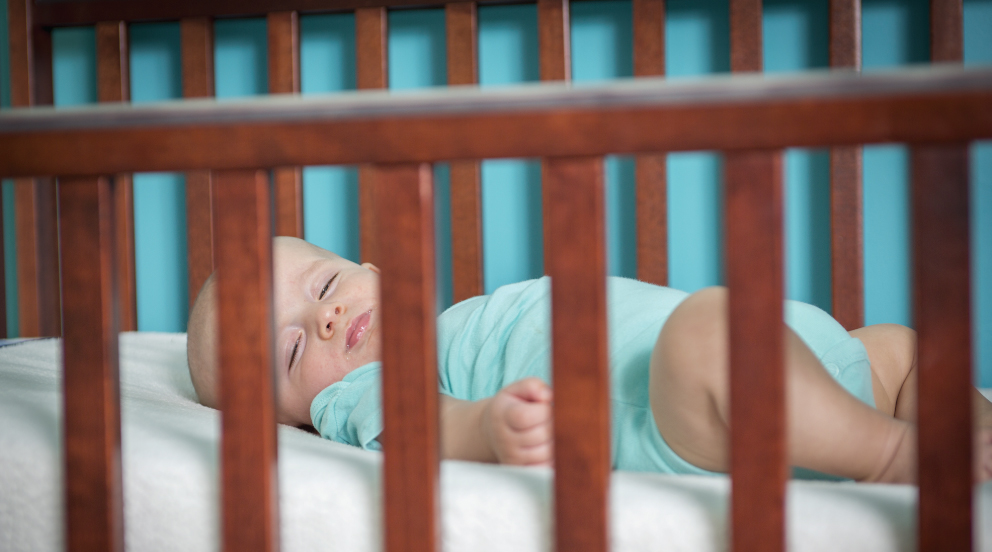KVH Contributor*
Dr. Elise Herman
KVH Pediatrics

Many parents are familiar with the recommendation that newborns should sleep on their backs, but ‘safe sleep’ is more than just the positioning of the baby. The American Academy of Pediatrics (AAP) has addressed sleep safety both in the 2016 original safe sleep policy (for newborns and infants up to age 1) and in a recent update April 2019. The Family Birthing Place at Kittitas Valley Healthcare is making safe newborn and infant sleep a focus with materials given to parents in prenatal classes, those delivering at KVH and those whose young child is seen in the KVH Emergency Department.
The fact that annually more than 2,500 babies in the US die unexpectedly while sleeping is tragic. These deaths are often due to SIDS (Sudden Infant Death Syndrome) or accidental suffocation or strangulation. The “Back to Sleep” campaign in 1994 recommended babies sleep on their backs and as a result the SIDS rate decreased by half. This continues to be the recommendation both for nighttime sleeping and naps. The crib should be free of blankets, pillows, bumper pads, stuffed animals, etc. – some call this “the naked crib”.
If desired, babies can sleep in a wearable blanket or sleep sack to keep them warm enough at night – but not too warm. It is better for babies to ‘sleep cool’ than get overheated while sleeping. Swaddling with a thin breathable cotton blanket is fine until 1-2 months of age. The swaddle should be snug around the chest but looser around the legs so the baby can move her hips freely. It is important that the swaddling blanket cannot get up around her face.
The sleeping surface should be flat and firm- it should not indent when baby is lying on it. Devices that aim to position the baby a certain way for sleep (like the “Rock N Play”) have been found to be dangerous and are not recommended. Babies should sleep close to the parents’ bed but in their own space (i.e. crib, bassinet, portable crib). The AAP recommends room sharing ideally for the first year of life but at least for the first 6 months.
Although room-sharing is recommended, bed-sharing is not. Baby may come into the parents’ bed only for feeding and comforting and then be returned to his own ‘sleep space’ when the parent is ready for sleep. Babies should never sleep on a couch, armchair, or other soft surface as these pose a significant suffocation risk.
Smoke exposure is associated with an increased risk of SIDS; if a parent is a smoker they should smoke outside of the home and change clothes before being near the baby. Ideally, they should quit smoking for their own health as well as that of the baby’s.
All parents are tired, all parents want their newborns and infants to sleep well, but sleep safety is vital. Having babies sleep in their own space, on their backs, not over-bundled, on a firm, flat surface, and without anything else in the bassinet or crib is essential for sleep safety.
For more information here is the link to the AAP’s policy:
SIDS and Other Sleep-Related Infant Deaths: Updated 2016 Recommendations for a Safe Infant Sleeping Environment https://pediatrics.aappublications.org/content/138/5/e20162938
*Opinions expressed by KVH Contributors are their own. Managed by Kittitas Valley Healthcare, HealthNews does not provide medical advice. For medical advice, please see your healthcare provider.